360 Xochi Quetzal not only offers residencies to younger, emerging artists, but also rewards the efforts of artists like Professor of Textile Design, Jennifer Angus (University of Wisconsin – Madison). Much has been written about Jennifer Angus’s wallpaper influenced installations created with thousands of beetles and bugs (see interview links below). We focused this interview on some of the more personal aspects of her residency.

You have the kind of career that many artists dream of including opportunities to exhibit internationally, residencies and a tenured position. However, your residency at 360 Xochi Quetzal was unique because there were no external expectations. How was this time significant for you?
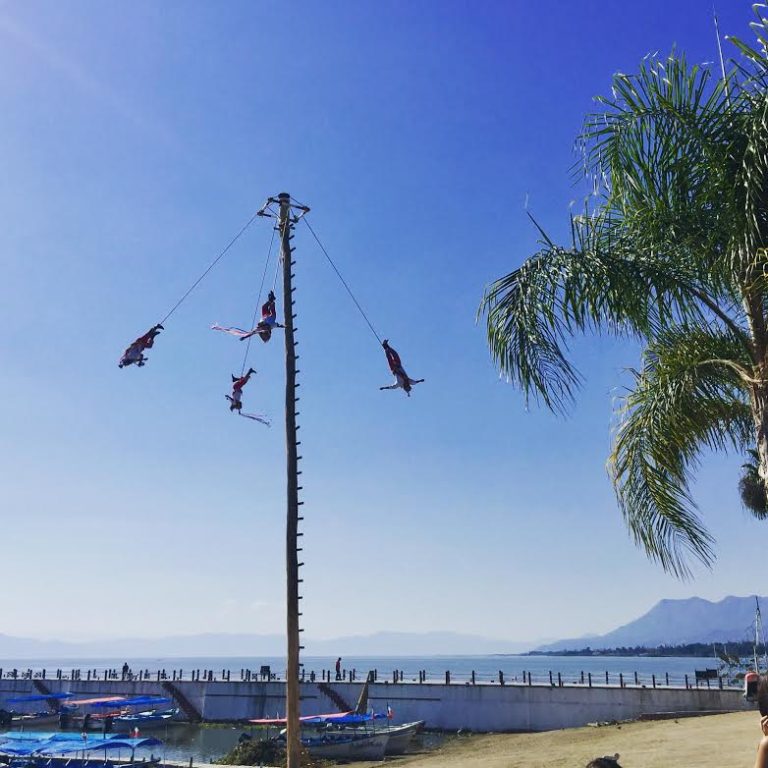
I came to the residency with an open mind. I wanted to be a sponge and just soak up the experience, and allow myself time to think and reflect about what I’ve done and where I’m going. I only brought two small projects to get me into the studio. Mostly, I just wanted live in the moment and experience this new place in a meaningful way. I don’t know how this will play into my art practice but I know that being in Mexico will lead to my next great idea and will eventually surface in my work.
Everyone comes to a residency with his or her own goals. I would describe mine as a reinvestment in myself. I lived, I absorbed and I tucked the experiences away to nurture future projects.
Since your work primarily incorporates insects, it makes sense that coming to Mexico enabled you to work with cochineal, the prized red dye made from ground beetles. What did you discover?
As an insect dye cochineal holds special significance for me. I painted the walls with cochineal solution at the Smithsonian’s Renwick Gallery but I’ve never used it as a dye for any of my own studio projects. I wanted to see how many reds and purples I could achieve and how deep I could make the color. I learned that the pH of water in Chapala naturally turns the color more towards the purple/magenta side of the spectrum. I had to squeeze a lot of limes into my dye bath to get it more of a tomato red! So what will I do with all of these bits and pieces? I have no idea yet, but the wheels are turning!.
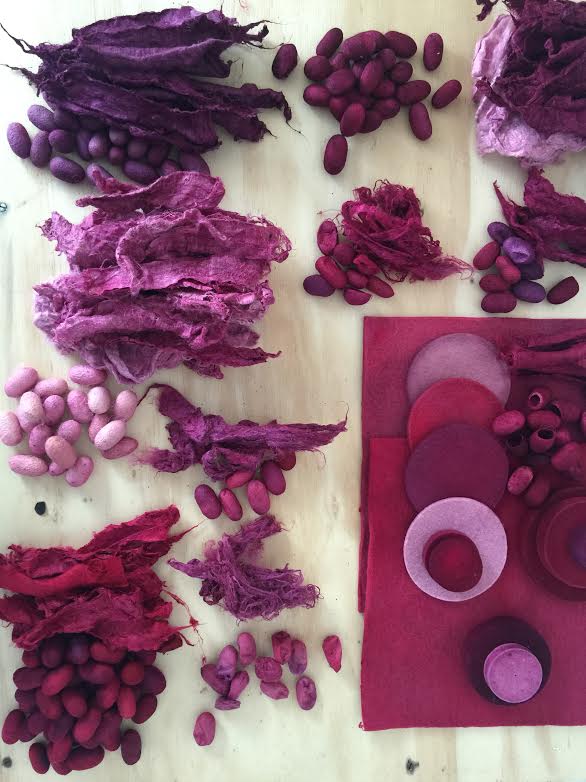
Being in Mexico also offered you the opportunity to visit the famous forests in Michoacan where the declining Monarch butterflies migrate to spend the winter. Tell us about your experience.

At the reception welcoming the 360 Xochi Quetzal Residents, I met a lot of local artists, and everyone recommended that I go to see the butterfly migration. I am so glad I did! I had no expectation beyond seeing a lot of butterflies and certainly I saw that, but I was not prepared for tree branches virtually encased in butterflies. With their wings closed, the butterflies actually looked more like brown leaves – millions of brown leaves on a pine tree!
As the day warmed up, the butterflies took to the air and reminded me of maple keys floating to the ground. I have never seen so many insects all clustered together. We tend to think of butterflies as beautiful, but in this instance it was closer to the sublime – magical, beautiful and terrible at the same time. Pictures and film will never do it justice – you have to experience it for yourself!
In terms of my work, it’s too soon to know just how this experience will manifest itself but I felt it was deeply affirming.
Many artists are wrestling with the themes of recycling and ecology. Your work with insects has given you a unique perspective that we’d like to hear more about.
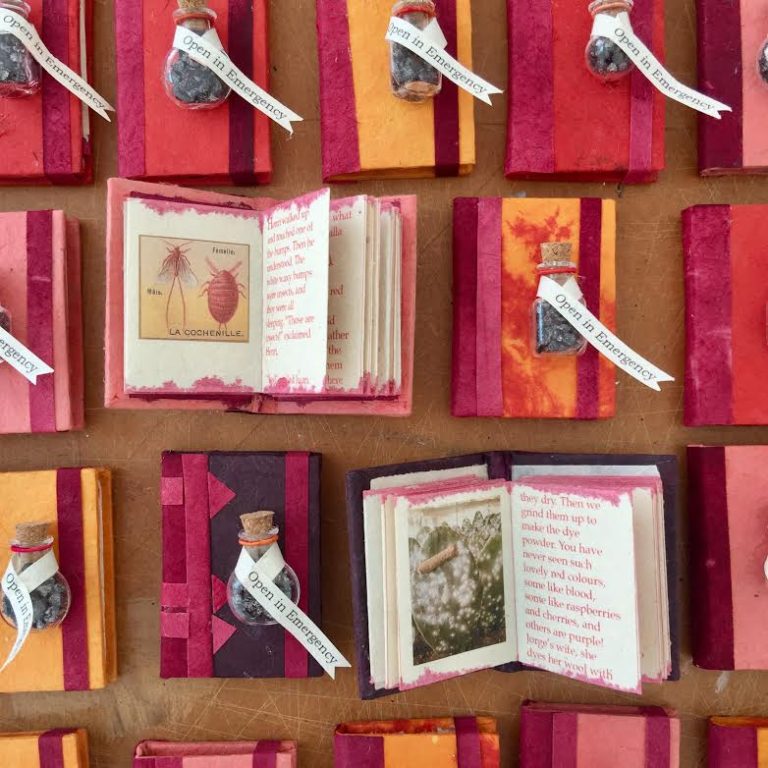
With so much information at our fingertips, we rarely feel amazed anymore. My hope is that visitors who walk into one of my installations say, “Wow!” and experience a feeling of wonder and perhaps pause to think about the patterns they see or ask about how many insects died for this exhibition. That can start a great conversation about the environment. Most people are unaware that virtually every endangered insect is a result of habitat loss, not over-collection. I can guarantee there is a small six-legged creature in your area that is threatened due to urban/suburban encroachment. We need them as pollinators and we need them to decompose matter. We need insects to survive!
Most of my insects come from rain forests, which we all know are so terribly threatened. Insects are a renewable resource IF they have a habitat. When people who get upset about my work are moved to do something, I feel like I have made a difference. What are you doing for the environment? Also, I reuse the insects from exhibition to exhibition and have been using some of them for over 15 years. You can go to my web site and read more about http://jenniferangus.com/Bio/N-bio2.htm
How did you approach your residency and how did your time compare towhat you anticipated?
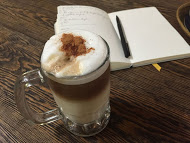 I definitely had a plan. My goal was to go through the entire writing process of a full first draft of this new play. I had the basic idea of my story and knew the major points, but everything else happened at the residency. Week one was spent brainstorming and outlining, as well as getting acquainted with the area, the 360XQ team, and my fellow residents. During weeks two and three I wrote out the play, scene by scene, entirely by hand. As I did, my outline kept changing, which was interesting. The story kind of defied me, but that was okay because it never felt out of control. Having a solid plan kept things level, even as that plan shifted. The final week I typed up and formatted the script, rewriting and editing as I went along. I completed the draft on the night before my last full day in Chapala. That felt great.
I definitely had a plan. My goal was to go through the entire writing process of a full first draft of this new play. I had the basic idea of my story and knew the major points, but everything else happened at the residency. Week one was spent brainstorming and outlining, as well as getting acquainted with the area, the 360XQ team, and my fellow residents. During weeks two and three I wrote out the play, scene by scene, entirely by hand. As I did, my outline kept changing, which was interesting. The story kind of defied me, but that was okay because it never felt out of control. Having a solid plan kept things level, even as that plan shifted. The final week I typed up and formatted the script, rewriting and editing as I went along. I completed the draft on the night before my last full day in Chapala. That felt great.
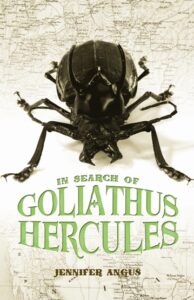 In addition to your well-known installations, you are also an author and have published artist books. Tell us about this part of your creative life and how it fits into your other work.
In addition to your well-known installations, you are also an author and have published artist books. Tell us about this part of your creative life and how it fits into your other work.
In 2013, Albert Whitman and Co. published my novel, In Search of Goliathus Hercules, which grew out of my studio work and featured an eccentric collector (who is in fact my alter ego). In 2004, I mounted an exhibition entitled Goliathus Hercules at the John Michael Kohler Arts Center, named for the large, fictitious insect that I discovered and collected. I created a model of Goliathus Hercules with the body parts of other insects (in the great hoax tradition). Included in the exhibition was a diary that I also invented as a record of the explorer’s arduous jungle journey in the name of science and fame. Not coincidentally, the diary begins on April 1st.
The story didn’t seem finished, so I created a trilogy of episodic exhibitions entitled A Terrible Beauty, which explores collecting from the viewpoint of the eccentric Victorian collector. To my great surprise a publisher approached me to write the story behind the exhibitions and thus In Search of Goliathus Hercules was born. The books considerably expand upon my original story and follow our hero, Henri Bell, a boy who discovers he has the unique ability to speak to insects.
Prior to this invitation, I had often made a connection between my work and children’s literature because curiosity, imagination and magic are key ingredients. As children become adolescents and then adults, insects become dirty and repellent. A children’s book seems like a natural progression to me and allows me the opportunity to share my work with a much larger audience.

Sometimes we can accommodate a partner or family member during the residency. Your son Sasa, who is also one of your studio assistants, spent two weeks with you. How did he help you and how did this enhance the residency?
It was wonderful to have my son with me because he lives on the other side of the country now and we don’t get much time to see each other. He took on the job of grinding cochineal insects into the fine powder necessary for a successful dye bath. In addition, he cut the paper for the pages of an artist’s book edition (30) I was making. He handled the tedious and time-consuming tasks with good humor. Sometimes Sasa ran errands for me so I could spend time in the studio without distraction. He even cooked meals! How times have changed. Since neither of us speaks Spanish, we bumbled along together. It was great to share this experience with him.
There is a wide range of residents at 360 Xochi Quetzal that span younger emerging artists to older and highly accomplished artists like yourself. Tell us a little about the community you formed during the month you were in Mexico.
I really enjoyed meeting the other residents. The writers were in my residency house and we hung out quite a bit, mostly in the evenings for dinner or a stroll on the Malecon to see the sunset. We shared Christmas dinner and celebrated New Year’s together. We got to know local artists and writers who were very welcoming and invited us to various events.
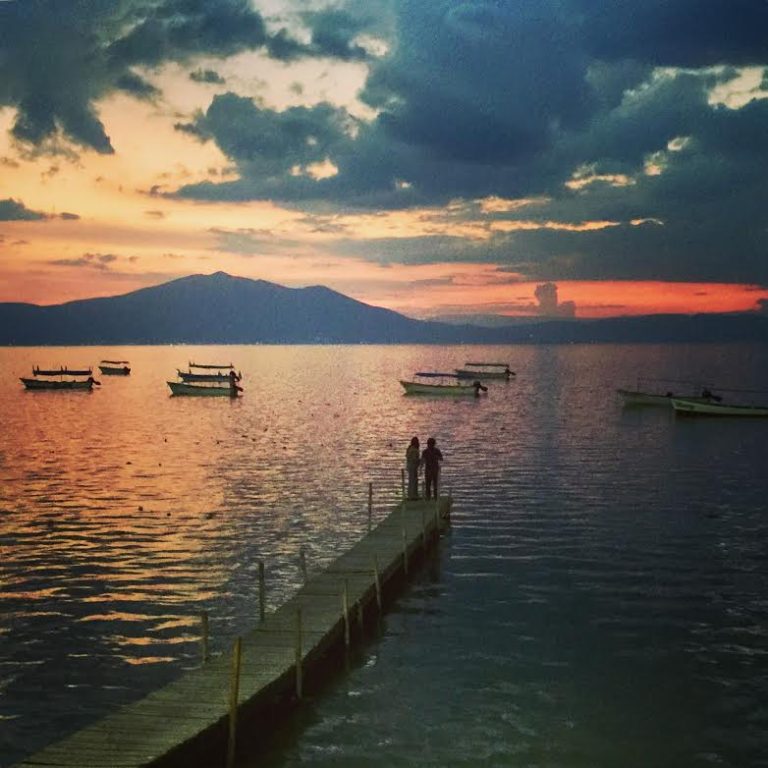
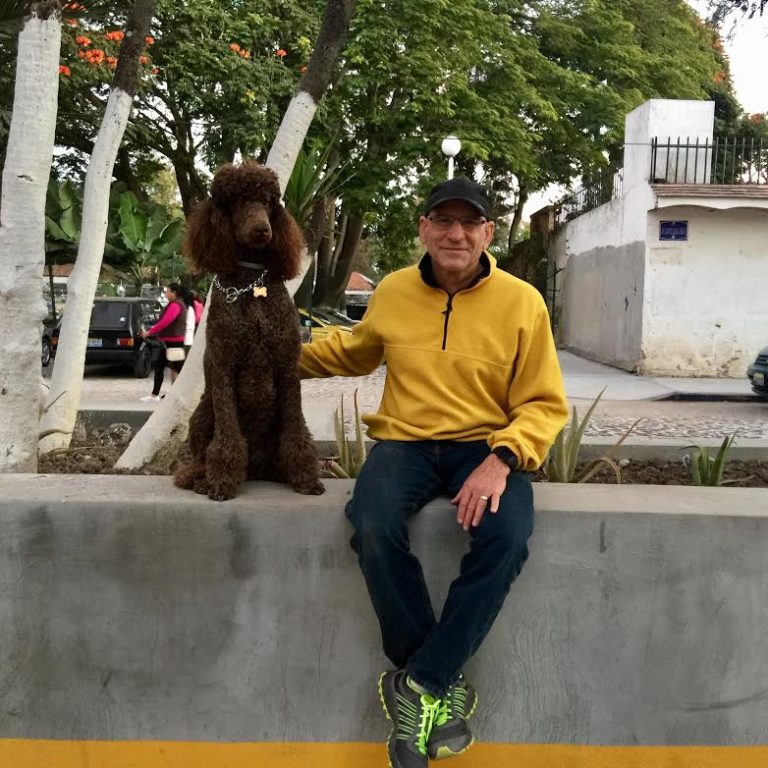
What were some of the highlights of your residency?
In addition to the Monarch pilgrimage, I spent another four days exploring indigenous villages and attending an authentic fiesta with some of the other residents. We also had a spectacular trip to see the pelicans on the other side of the lake.
We had Mocha the Standard Poodle to love and walk. I cried when I had to say good-bye to her. We ate avocados that fell from the tree in the yard every single day! We enjoyed a great Italian gelato shop by the Malecon. Life was simple, beautiful and good!
Upcoming exhibitions and residencies:
Keeping Watch on Habitat: This exhibition was just installed at the Projective Eye Gallery in Charlotte, NC https://coaa.uncc.edu/events-exhibitions/venues-and-galleries/projective-eye-gallery
ArtsPlace, Annapolis, Nova Scotia, Canada: In April will have an exhibition as part of my artist-in-residence funded as part of Canada’s 150th birthday celebrations. http://arcac-artsplace.weebly.com/
Lookabout: In May I’ll be at MadArt in Seattle for 2 ½ months doing a residency and exhibition. That will coincide with the opening of the Seattle Art Fair: http://madartseattle.com/
Cross Pollination: I’ll also have work at 516 Arts in Albuquerque in August http://www.516arts.org/
Natural Wonders: An exhibition at the Brandywine Museum in Pennsylvania in October http://www.brandywine.org/museum
Artist Website:jenniferangus.com
Interview with artist in Entomology Today: https://entomologytoday.org/2016/08/16/insects-as-wallpaper-an-interview-with-artist-jennifer-angus/
Interview with artist at Woodson Museum, WI
